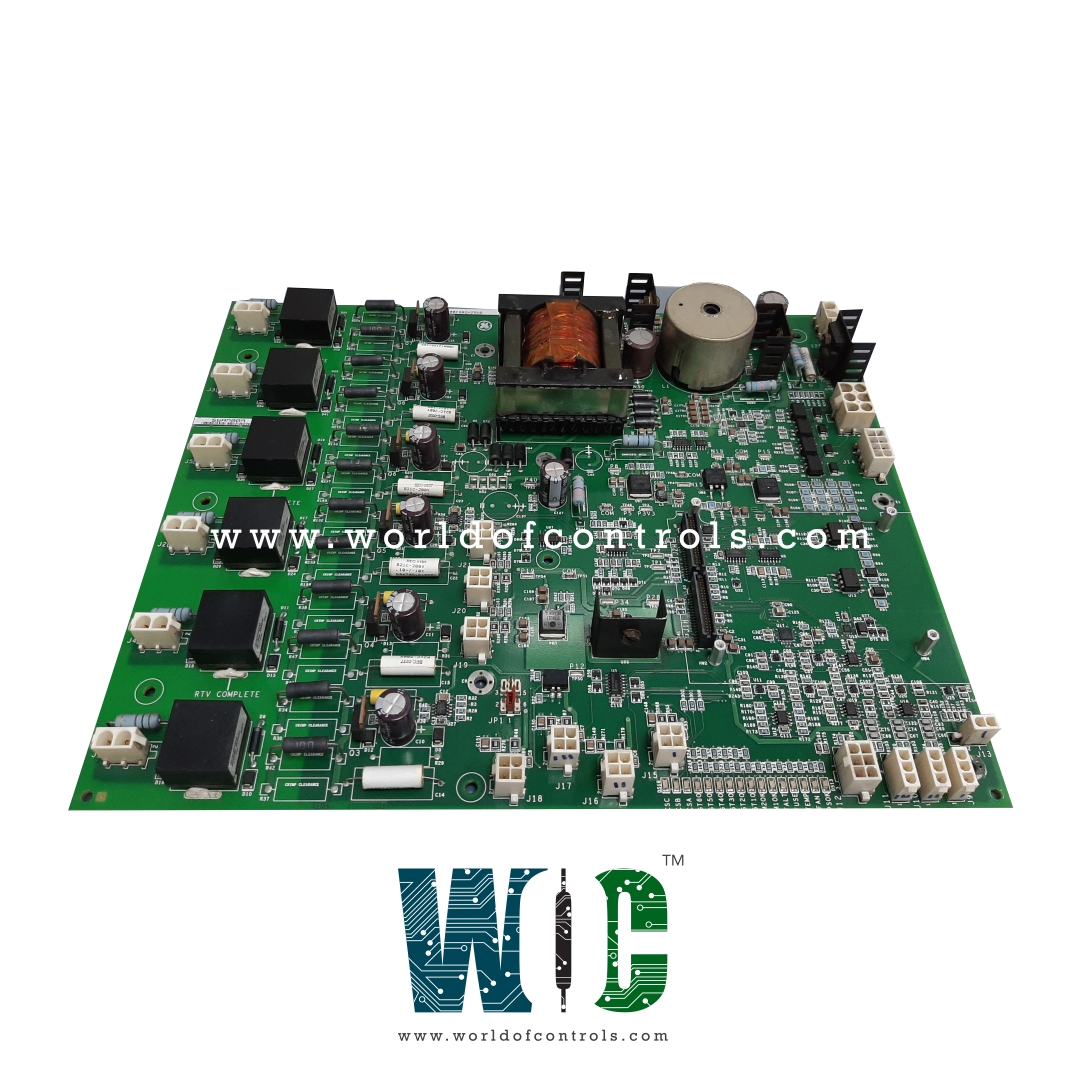
World Of Controls understands the criticality of your requirement and works towards reducing the lead time as much as possible.
IS200EBRGH2A - Exciter Bridge Interface Board is available in stock which ships the same day.
IS200EBRGH2A - Exciter Bridge Interface Board comes in UNUSED as well as REBUILT condition.
To avail our best deals for IS200EBRGH2A - Exciter Bridge Interface Board, contact us and we will get back to you within 24 hours.
�
SPECIFICATIONS:
Part Number: IS200EBRGH2A
Manufacturer: General Electric
Series: EX2100e
Product Type: Exciter Bridge Interface Board
Technology: Surface Mount
Analog output current: 0-20 mA
Power Supply: 125 VDC
Thyristor Systems: 42, 52, and 77 mm
Operating temperature: 0 to 60�C
Size: 10.2 x 5.1 cm
Repair: 3-7 Day
Availability: In Stock
Weight: 2lbs
Country of Origin: United States
Manual: GEH-6781L
FUNCTIONAL DESCRIPTION:
IS200EBRGH2A is an Exciter Bridge Interface Board manufactured and designed by General Electric as part of the EX2100e Series used in GE Excitation Control Systems. The EBRG board interfaces the EX2100e control system to the SCR (or thyristor bridge) and related bridge I/O, including fan starters, fan status feedback, over-temperature and blown fuse detectors, thermistor temperature sensors, and Rogowski coil bridge line current sensors. Using the HSLA, the EBRG can interface to one or two UCSB controllers, allowing operation in simplex or redundant control architectures. The EBRG board H2 is used on all systems with 77 mm or small thyristors. The EBRG board H1 is used on 100 mm thyristors. The EBRG is compatible with most SCR devices, allowing use over a wide range of SCR ratings and bridge architectures including simplex, warm backup, and parallel bridge converter.
The EBRG board interfaces customer ac and dc control power supplies to the control system hardware. The EBRG board accepts a 125 V dc source from the station battery, and one or two 115 or 220 V ac 50/60 Hz supplies, connected through a pluggable screw terminal board. The ac is rectified and filtered in ac-to-dc (DACA) modules. The resulting 125 V dc is diode-coupled with the other dc sources to create a dc bus that feeds the controllers, I/O boards, and bridge interface boards.
FEATURES:
WOC has the largest GE Excitation Control System Replacement Parts in Stock. We can also supply unused and rebuilt backed-up with a warranty. Our team of experts is available round the clock to support your OEM needs. Our team of experts at WOC is happy to assist you with any of your automation requirements. For pricing and availability on parts and repairs, kindly contact our team by phone or email.
What is an exciter bridge interface board?
An exciter bridge interface board is a circuit board designed to facilitate the connection, signal conditioning, and integration of an exciter bridge sensor into a larger system. It typically provides features such as amplification, filtering, and signal conditioning to ensure accurate and reliable measurements.
What are the main components of an exciter bridge interface board?
The main components typically include bridge connection terminals, signal conditioning circuitry, amplification stages, filtering components, interface options (analog or digital), power supply circuitry, protection circuitry, and calibration features.
How does an exciter bridge interface board work?
The exciter bridge interface board receives signals from the exciter bridge sensor, conditions and amplifies these signals, filters out noise, and provides an interface for further processing or analysis. It ensures that the signals from the exciter bridge are accurately captured and ready for use in the larger system.